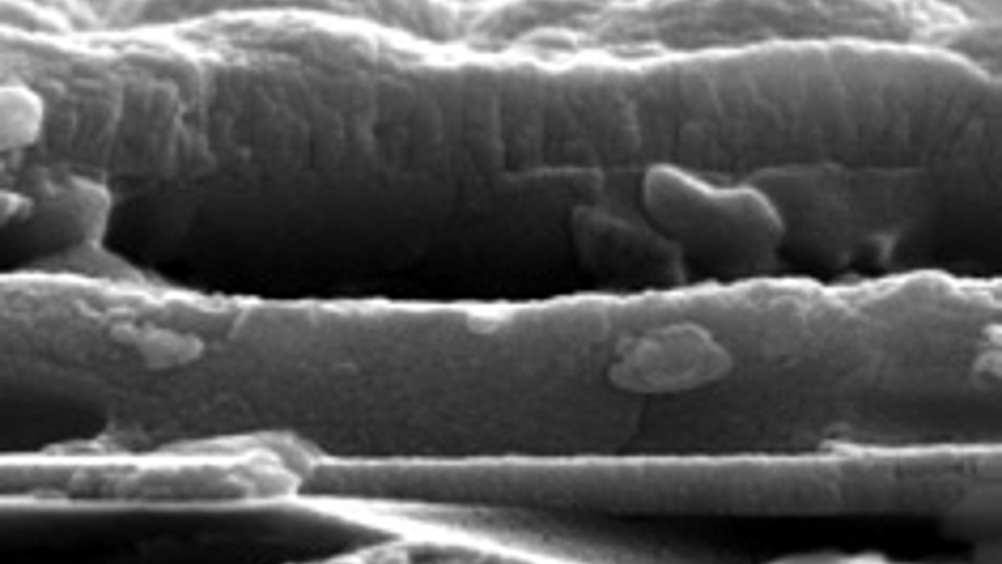Inkjet method could lower cost of producing solar energy cells
Engineers at Oregon State University have discovered a way to create solar devices with inkjet printers — a move that could lower the cost of producing solar energy cells with some very promising compounds.

According to Oregon State’s Prof Chih-hung Chang, part of the advantage of using an inkjet printing technique, rather than depositing chemical compounds on a substrate through vapour phase deposition, is that less material is wasted.
‘Some of the materials we want to work with for the most advanced solar cells, such as indium, are relatively expensive,’ said Chang. ‘You can’t really afford to waste it, and the inkjet approach almost eliminates the waste.’
One of the most promising compounds that could be used to manufacture solar cells is called chalcopyrite, or ‘CIGS’ for the copper, indium, gallium and selenium elements from which it is composed. CIGS material one or two microns thick has the ability to capture the energy from photons about as efficiently as a 50-micron-thick layer made with silicon.
In their research, the researchers were able to print chalcopyrite onto substrates with an inkjet approach, producing a solar cell with a power conversion efficiency of about five per cent. They claim that, with more research, they should be able to achieve an efficiency of about 12 per cent, which would make a commercially viable solar cell.
Register now to continue reading
Thanks for visiting The Engineer. You’ve now reached your monthly limit of news stories. Register for free to unlock unlimited access to all of our news coverage, as well as premium content including opinion, in-depth features and special reports.
Benefits of registering
-
In-depth insights and coverage of key emerging trends
-
Unrestricted access to special reports throughout the year
-
Daily technology news delivered straight to your inbox










Water Sector Talent Exodus Could Cripple The Sector
Maybe if things are essential for the running of a country and we want to pay a fair price we should be running these utilities on a not for profit...